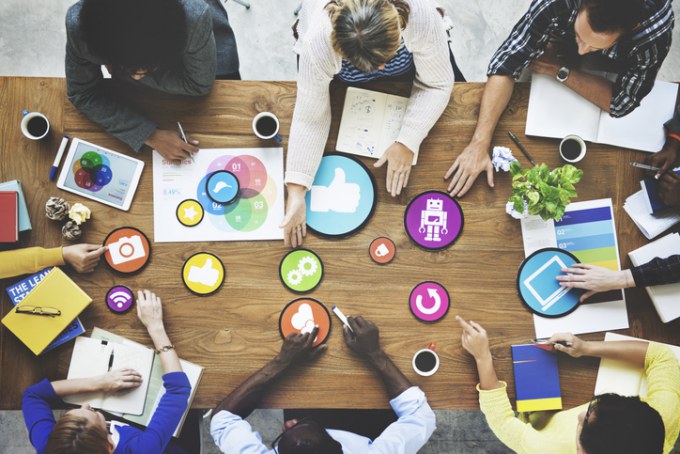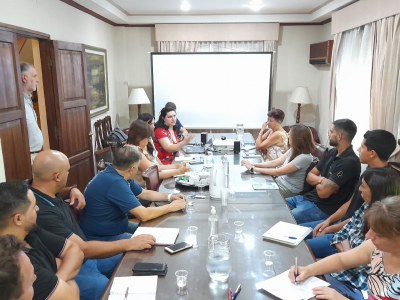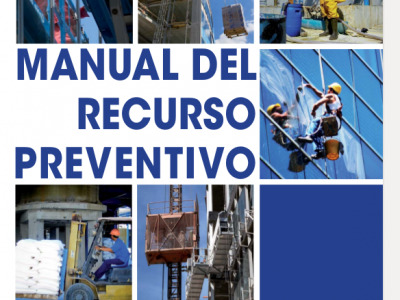Workers Now Spend Two Full Days a Week on Email and in Meetings
Workers Now Spend Two Full Days a Week on Email and in Meetings

That is one of the findings in new data from Microsoft that examined the activity of millions of workers who use the company’s business applications. The data is part of the software maker’s annual study of workplace-productivity trends, which provides the latest, and one of the largest, measures of how people actually spend their workdays.
Microsoft, along with Google, Slack and Zoom, is among the biggest sellers of workplace-communications tools, and its report puts numbers to the crush of data, emails, meetings and notifications that many people say consumes their time on the job and distracts from actual work.
Researchers found that the 25% most active users of its apps—in other words, people who use Microsoft’s business software for much of their online work activity—spent an average of 8.8 hours a week reading and writing emails and 7.5 hours logging meetings.
Those figures don’t include time spent instant messaging, on the phone or in other, impromptu conversations with co-workers. In all, the average employee spent 57% of their time using office software for communication—in meetings, email, chat. The remainder of time, 43%, they used for creating things, such as building spreadsheets or writing presentations.
Both workers and bosses complain that digital overload is hurting innovation and productivity, a sentiment echoed in numerous workplace studies. In a separate Microsoft survey of 31,000 people worldwide, nearly two out of three said they struggled to find time and energy to do their actual job. Those people were more than three times as likely as others polled to say innovation and strategic thinking were a challenge for them. (The company didn’t break down how sentiments differed in different countries or industries.)
“People feel quite overwhelmed, a sense of feeling like they have two jobs, the job they were hired to do, but then they have this other job of communicating, coordinating and collaborating,” said Jared Spataro, who leads Microsoft’s modern-work team and who spearheaded the research.
Granted, communicating and going to meetings are a big part of the job for many workers, especially managers. Yet, many workers and bosses say all of the time spent talking and collaborating isn’t necessarily improving workplace communications.
‘People feel quite overwhelmed, a sense of feeling like they have two jobs, the job they were hired to do, but then they have this other job of communicating, coordinating and collaborating.’
— Jared Spataro, Microsoft
In a 2022 Harris Poll survey of more than 1,200 workers and executives, bosses estimated that their teams lost an average 7.47 hours a week—nearly an entire day—to poor communications. Based on an average salary of $66,967, the lost time translates to a cost of $12,506 for an employee annually, according to the report conducted on behalf of Grammarly, a proofreading-software company.
Time spent communicating online has soared alongside remote and hybrid work. Slack and Dropbox, among other companies, have tried tackling communications overload by prescribing dedicated times for meetings and focus time. Some are also shortening meeting times and raising the bar for calling a meeting in the first place.
Calendly, the Atlanta-based scheduling-software maker, restricted core meeting hours to between noon and 5 p.m., reserving the rest of the day for focused work time, after noticing that meetings were stretching into some of its further-flung employees’ evenings and early mornings. About two years in, “we’ve found our people continue to embrace it,” said Calendly Chief Executive Tope Awotona.
Too often, meetings are scheduled without clarity on what they are supposed to achieve, said Rita J. King, executive vice president of workplace-consulting firm Science House. “The key is to not invite someone to a meeting unless you are absolutely certain that they belong there, and you can tell them why,” she said.
SHARE YOUR THOUGHTS
What communication boundaries do you set to protect your time? Join the conversation below.
Microsoft, which holds a large stake in OpenAI, the startup behind ChatGPT, is baking generative AI features into core workplace tools such as Outlook and PowerPoint to remove what its leaders have called the “drudgery” of some work tasks. A majority of workers surveyed by the company said they think AI would help lessen their workloads, although nearly half said they worry the technology could imperil their job security.
Some workers have resorted to their own hacks to get work done. Kimani Bonner, who works remotely from Nashville, Tenn., as a project manager for a software company, is in as many as 10 back-to-back meetings a day.
He blocks time on his online calendar for heads-down work. He also makes lists of what he needs to get done during his focus-time hours as a reminder to not let himself get distracted during that time.
Those habits “saved me from working 60 to 70 hours a week,” he said.








